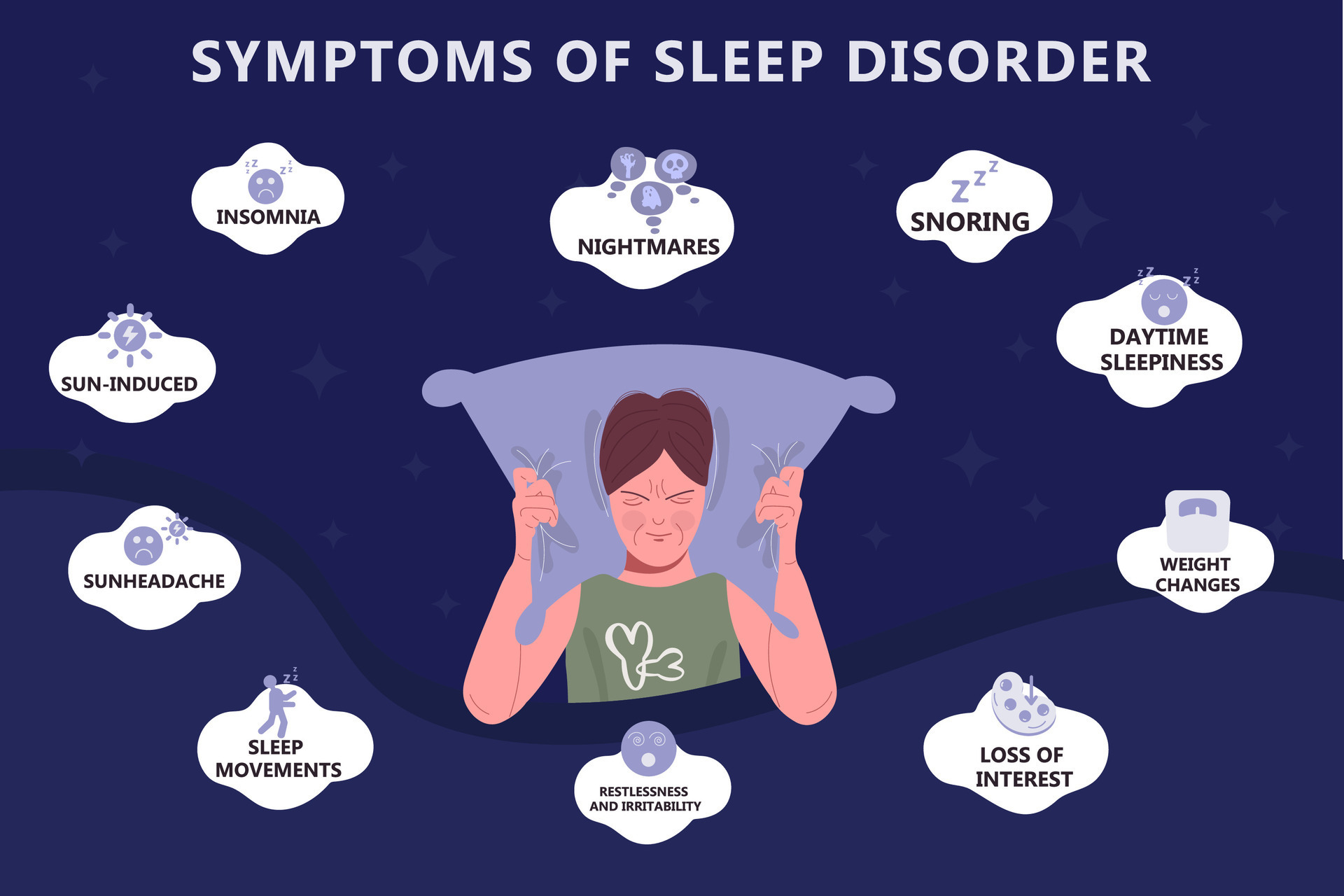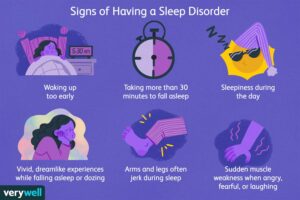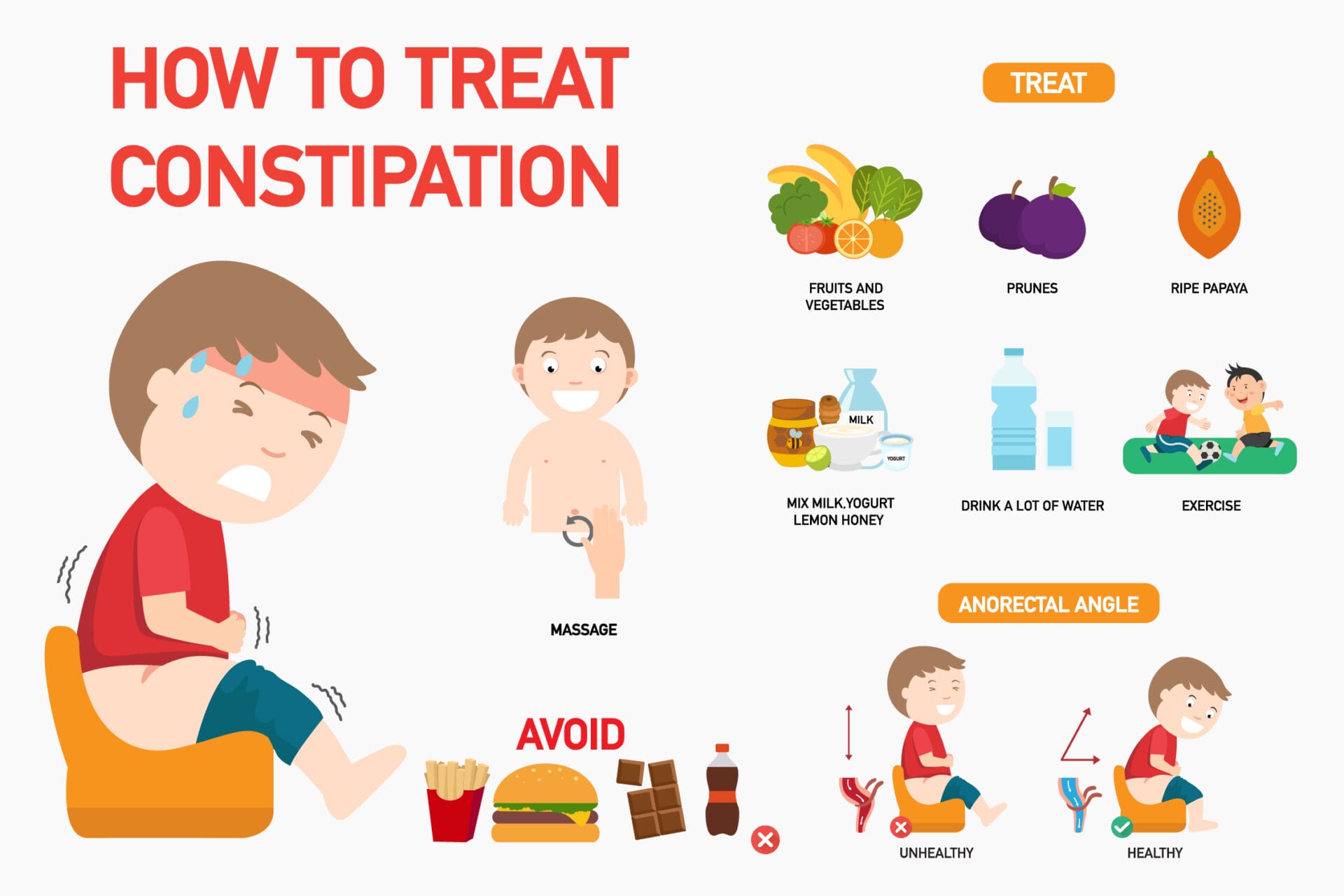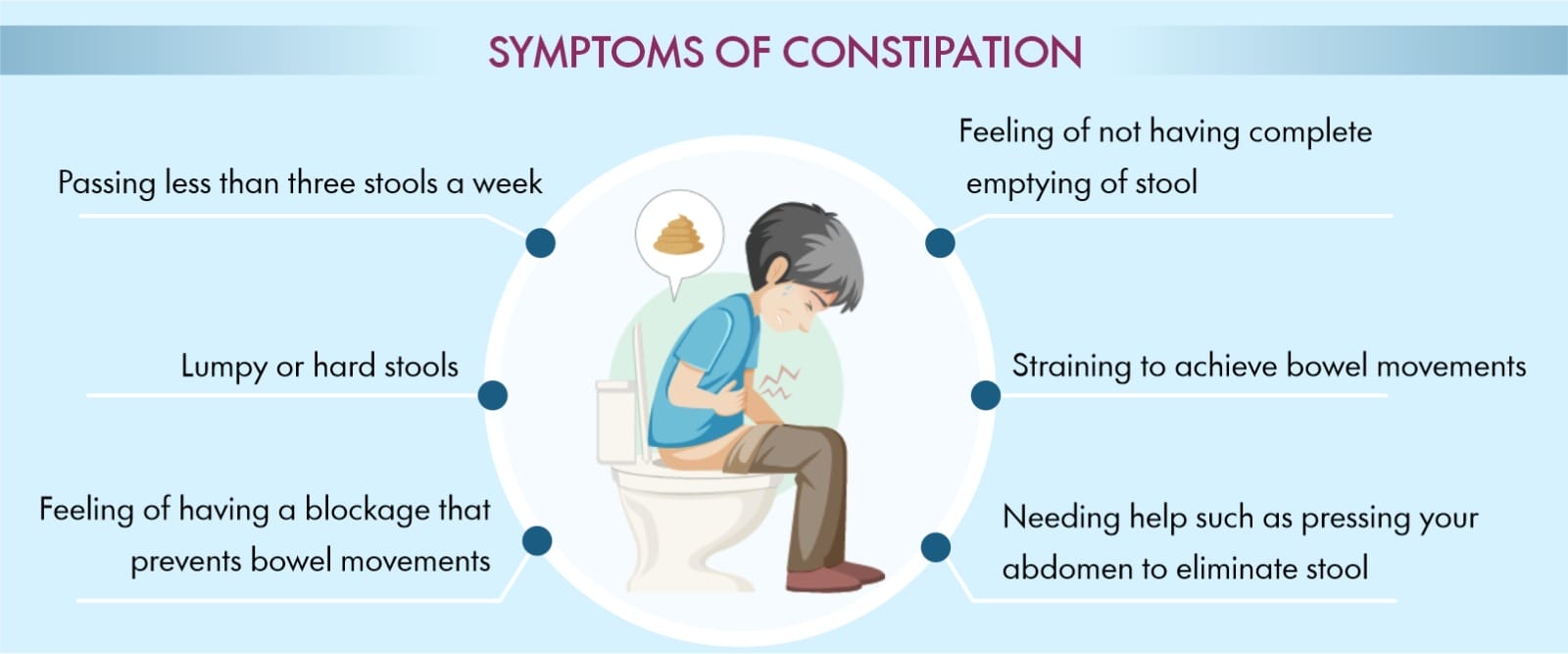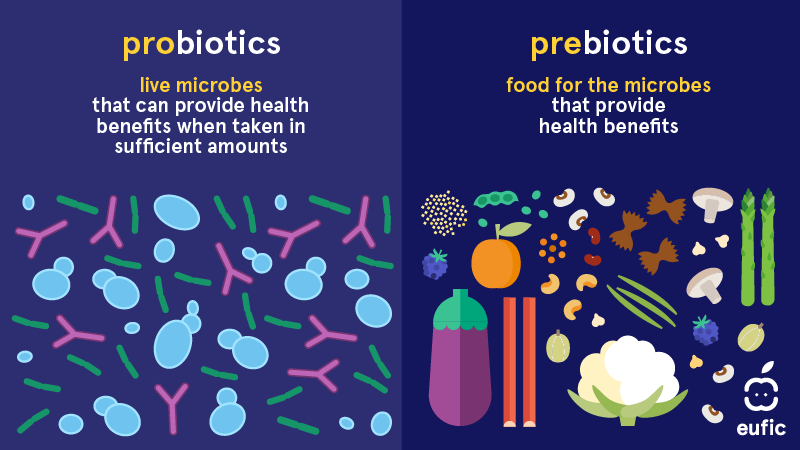Do Mind-Body Interventions Work for Menopause Symptoms?
Menopause is a natural phase in a woman’s life, but it often comes with a host of uncomfortable symptoms like hot flashes, night sweats, mood swings, and sleep disturbances. While hormone replacement therapy (HRT) is a common treatment, many women seek alternative methods to manage these symptoms. This is where mind-body interventions come into play.
What Are Mind-Body Interventions?
Mind-body interventions (MBIs) are techniques that use the mind’s ability to affect physical functioning and promote health. These include practices like yoga, meditation, cognitive behavioral therapy (CBT), hypnosis, and relaxation exercises. The idea is to use mental focus and relaxation to influence physical symptoms.
Evidence Supporting MBIs for Menopause Symptoms
Research has shown that MBIs can be effective in managing menopause symptoms. Here are some key findings:
- Hypnosis: Hypnotherapy has been found to significantly reduce hot flashes and improve sleep quality. Studies have shown that hypnosis can reduce hot flashes by up to 80%, making it one of the most effective non-pharmacological treatments available.
- Cognitive Behavioral Therapy (CBT): CBT, a type of psychotherapy, has been linked to improved quality of life during menopause. It helps women manage mood swings, improve memory and concentration, and even reduce hot flashes and night sweats.
- Yoga and Relaxation Exercises: These practices help reduce stress and improve overall well-being. Yoga, in particular, has been shown to alleviate symptoms like hot flashes and improve sleep.
- Mindfulness-Based Stress Reduction (MBSR): This structured program teaches mindfulness meditation and yoga to help manage stress and improve emotional well-being.
How Do MBIs Work?
MBIs work by helping women develop skills to manage stress and emotional responses, which can exacerbate menopause symptoms. For example, CBT helps women reframe negative thoughts and develop coping strategies, while hypnosis uses deep relaxation and focused attention to alter the perception of symptoms like hot flashes.
Considerations and Recommendations
While MBIs can be beneficial, it’s important to consult with a healthcare provider before starting any new treatment. They can help tailor the approach to individual needs and ensure it complements other treatments.
In addition to mind-body interventions, certain products can also help manage menopause symptoms. Hemlock Pharmacy offers several options:
- Menopace Tablets 30’s: These tablets provide comprehensive support during menopause with 22 essential nutrients, including Soya Isoflavones, vitamins B6, B12, D, and minerals like magnesium and zinc. They help regulate hormonal activity, support mental performance, and maintain bone health.
- Solgar Menopause Relief Tablets 30’s: Formulated to provide relief from a range of menopausal symptoms, these tablets contain hormone-free, clinically studied ingredients such as Siberian Rhubarb (ERr-731®) and affron® Saffron. They help with hot flashes, night sweats, mood swings, sleep disturbances, and more.
- NOW Foods Menopause Support, 90 Veg Capsules: This product contains standardized herbal extracts and other nutrients to support a healthy response to the natural changes occurring during menopause. It’s suitable for vegetarians and vegans.
These supplements can be a great addition to your routine to help manage menopause symptoms. Always consult with a healthcare provider before starting any new supplement to ensure it aligns with your health needs and goals.
Conclusion
In conclusion, mind-body interventions offer a promising alternative for managing menopause symptoms. By focusing on the connection between mind and body, these techniques can provide relief and improve quality of life for many women. Combined with products like those available at Hemlock Pharmacy, women can find comprehensive support during this natural phase of life.







 https://www.hemlock.co.ke/product/solgar-ashwagandha-root-extrac-300mg-vcaps-60s/
https://www.hemlock.co.ke/product/solgar-ashwagandha-root-extrac-300mg-vcaps-60s/
